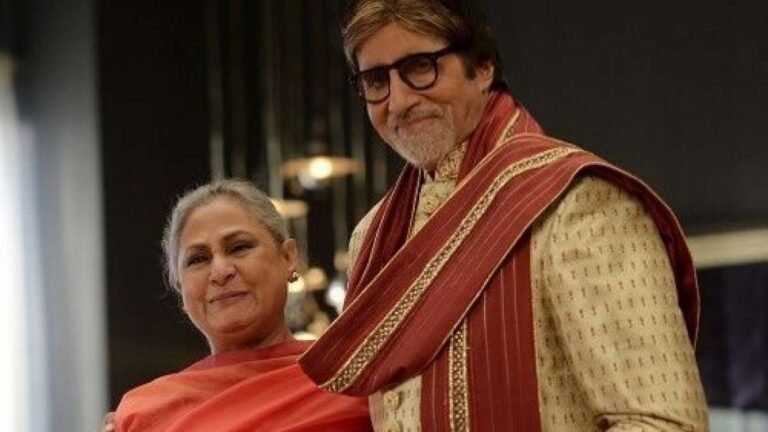A new liver cancer treatment uses magnet-guided microrobots in an MRI device. The microrobots, made of iron oxide nanoparticles, can provide targeted medical treatment.
Canadian researchers used magnet-guided microrobots in an MRI system to treat liver cancer. Researchers say small biocompatible iron oxide nanoparticle robots guided by a magnetic field could deliver focused medical treatment.
They noted that these microrobots’ gravity surpasses their magnetic force, limiting their direction when the tumour is higher than the injection site.
“To solve this problem, we developed an algorithm that determines the patient’s body position for a clinical MRI to take advantage of gravity and the magnetic navigation force,” stated University of Montreal researcher Gilles Soulez.
“This helps microrobots reach tumor-feeding artery branches. We can precisely guide them to treatment places and preserve healthy cells by adjusting the magnetic field “Gilles said.
MRI is a non-invasive imaging technique that provides three-dimensional anatomical images.
The novel approach, described in Science Robotics, may transform liver cancer interventional radiology, researchers claimed.
Hepatocellular carcinoma, the most frequent, kills seven lakh people worldwide and is usually treated with transarterial chemoembolization, they said.
The researchers say this invasive treatment includes injecting chemotherapy directly into the liver tumour’s artery and limiting its blood supply with microcatheters guided by X-ray. Highly qualified staff are needed.
An implanted chemotherapeutic catheter can be utilized for magnetic resonance navigation. Other benefits include improved tumor visualization on MRI than X-rays “explained Soulez.
The scientists assembled “particle trains,” magnetisable microrobot aggregates, using an MRI-compatible microrobot injector. These are easier to pilot and identify on MRI images due to their higher magnetic force. In this way, the researchers can confirm the train is on the right track and the treatment dose is sufficient.
Soulez said, “We carried out trials on 12 pigs in order to replicate, as closely as possible, the patient’s anatomical conditions. This proved conclusive: the microrobots preferentially navigated the branches of the hepatic (liver) artery which were targeted by the algorithm and reached their destination.”
Conclusion
New liver cancer treatment uses magnet-guided microrobots in an MRI system from Canadian researchers. Iron oxide nanoparticle microrobots can target medical treatment. The researchers created an algorithm to steer microrobots to tumor-feeding artery branches using gravity and magnetic force. Interventional radiology for liver cancer may evolve.













